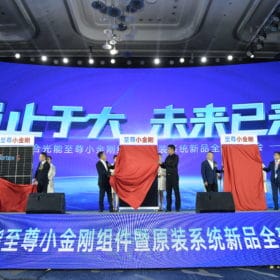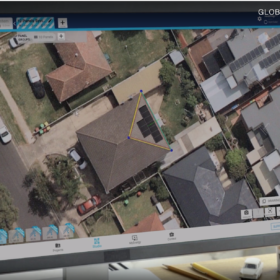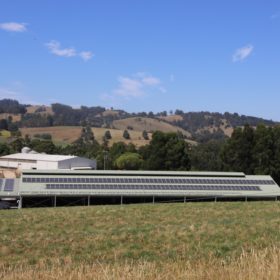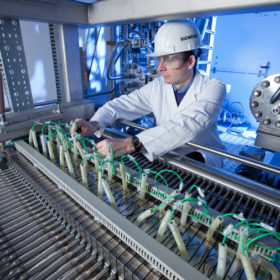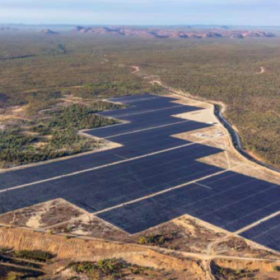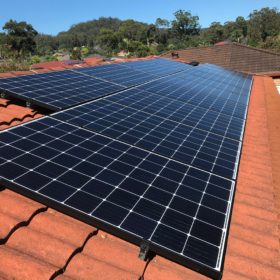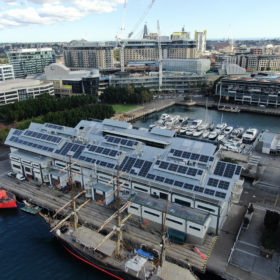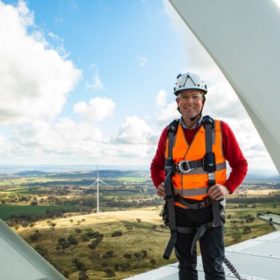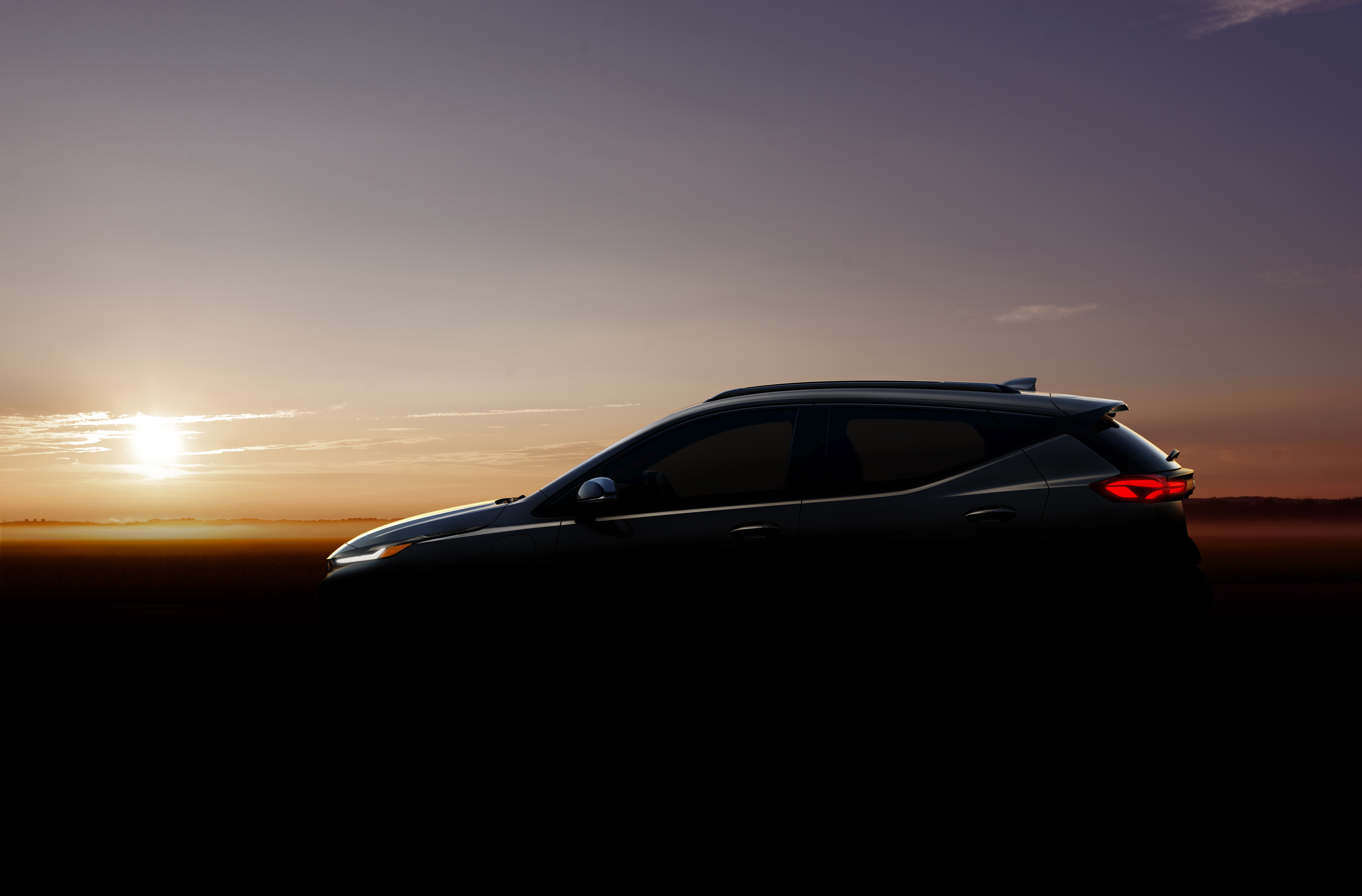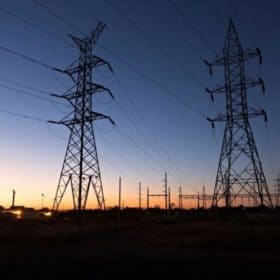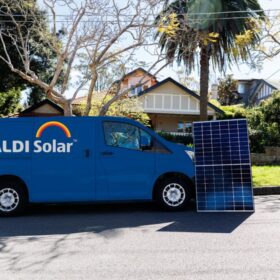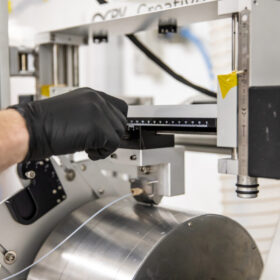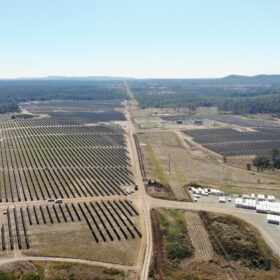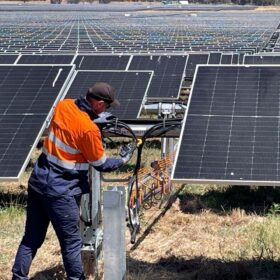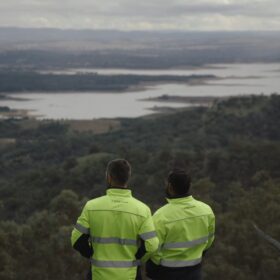Trina Solar launches smaller, lighter, more efficient Vertex S on Australian market
Chinese big-gun Trina Solar has announced that its Vertex S will hit the Australian market in April. Trina hopes the installer-friendly smaller, lighter, and denser Vertex S for residential and SME consumers will capture a significant potion of the booming Australian solar market.
OpenSolar adds Plenti to its powerful PV sales toolkit
OpenSolar’s latest capability makes unsecured loans from a reputable fintech accessible to consumers, and frees solar sales reps to focus on the main game.
Victorian Government aims to claim the world’s first carbon-neutral dairy farm
Herd nutrition, pasture management and solar PV will be the main enablers of net-zero carbon emissions at Ellinbank Smart Farm in Victoria’s dairy country.
Australian-wide network of 13 clusters to spur hydrogen economy established
National Energy Resources Australia has actioned its instructions from the 2019 National Hydrogen Strategy by investing an initial $1.75 million in 13 regional clusters across all states and territories designed to establish Australia’s global identity in hydrogen technology and expertise.
New data: Sunny outlook modified, and coal as Australia’s transition fuel?
The latest GSD — Generator Statistical Digest 2020 — released today by Global-Roam and Greenview Strategic Consulting, shows the value of understanding what’s really happening in the energy market compared to even educated industry assumptions, predictions and aspirations.
South Australia leads way in winding back of demand
Australia’s record-breaking embrace of residential and commercial solar PV continues to reduce grid demand in the nation’s electricity systems and has delivered a “world first” for South Australia with solar power matching 100% of the state’s underlying demand for the first time on record.
Global glass shortage sparks warning for Australian solar industry
Shanghai-based solar module manufacturer Sunman has warned government-imposed restrictions on the manufacture of glass in China could have an enormous effect on Australia’s booming solar industry.
NSW government poised to energise Australia’s biggest REZ
Australia’s largest Renewable Energy Zone (REZ) is set to be energised with the New South Wales Government announcing it will soon seek registrations of interest from solar, wind and energy storage project proponents keen to be part of the massive 8 GW New England REZ.
GM’s all-electric push is wake-up call for Australia: EVC
The Electric Vehicle Council (ECV) has taken a swipe at Australia’s politicians, claiming they are “Holden” the nation back after automotive giant General Motors announced it is going all electric and plans to be carbon neutral by 2040 in its global products and operations.
Global mineral processor invests in CopperString 2.0
Korea Zinc Company Ltd., parent company of Townsville-based Sun Metals, has entered into a $17 million financing agreement with the 1,100km CopperString 2.0 transmission line project across North Queensland. The project, which received an $11 million boost from the Federal Government recently, would open up enormous tracts of land for the development of renewable projects and minerals.
